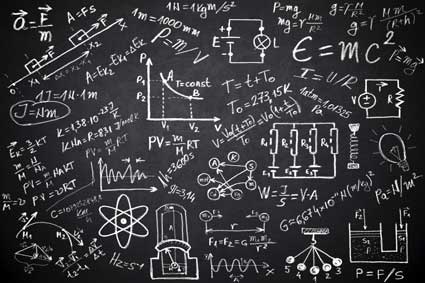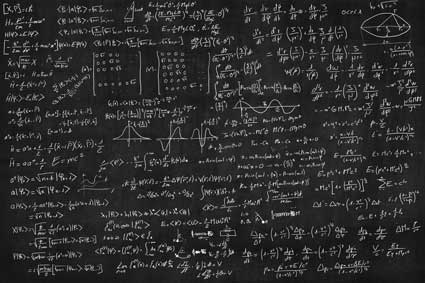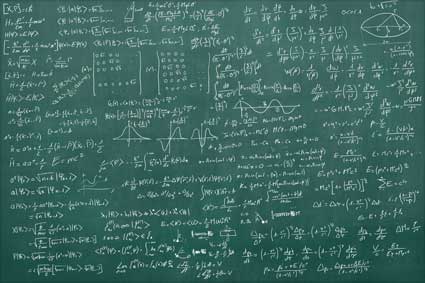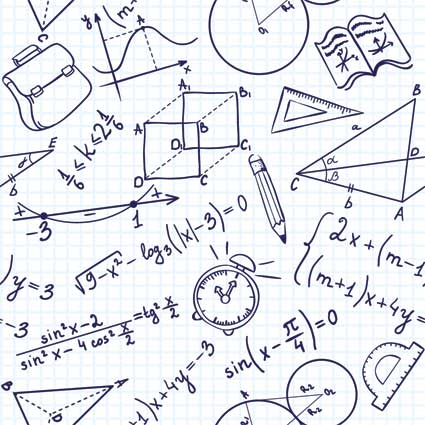| What Subtraction Is |
Subtraction is taking away one or more items from a group of items. In other words, if there are 4 boys and 2 girls going to class, but the 2 girls decide to go to lunch, how many young people are going to class?
When we plot our counting like this, it looks similar to the number line for subtraction.
| Movement on a Number Line |
On the number line, we locate the number 6 (for the 6 boys and girls) and then we move to the left 2 ticks to subtract the 2 girls. The number on which we land is 4 which is the same number we got when we counted.

If 2 + 3 = 5, then we know that 5 – 3 = 2 and 5 – 2 = 3.
| Grouping of objects |
If we have a group of objects and some of those objects are no longer with the group, we may need to know how many objects are now in the group.

By counting the trees that are left, we know that 5 are left. Therefore, 8 – 3 = 5.
| Terms - Minus, Subtrahend, Minuend, Difference, Less, Take Away |
- 5 subtrahend
We can say "the subtrahend from the minuend is the difference." For example, 5 from 9 is 4. Or, we can say "the minuend minus the subtrahend is the difference" as in 9 minus 5 is 4. Other ways of saying the same thing are 5 less than 9 is 4 and 9 take away 5 is 4.
| Subtraction Facts |
To subtract 8 from 15, find 8 along the top and follow it down to 15, then go straight left along the row to 7 which is the answer. By memorizing the subtraction facts, your life will become much easier. You will be able to quickly subtract a group of numbers simply by looking at them.
| Additive Identity Element |
An identity element is a specific number that when put with any other number in a specific way gives the original number. Zero is the additive identity element. It is also a subtractive identity element. Zero plus any number is the original number; an original number minus zero is the original number.
a + 0 = a
6 + 0 = 6 and 13 + 0 = 13
a – 0 = a
6 – 0 = 6 and 13 – 0 = 13
| Simple Subtraction |
Knowing the subtraction facts and lining up digits according to their place values will help you with subtraction problems. Always start with the farthest right column – in this case the ones.
27
-6
21
Seven minus six is one. And two minus nothing is two. However, you should really look at it as 7 ones minus 6 ones is 1 one and 2 tens minus no tens is 2 tens. Therefore, the answer is 2 tens and 1 one or twenty-one.
-252
117
| Subtraction Necessitating Borrowing |

Now you can subtract 6 ones from 12 ones and get 6 ones. And when you subtract 3 tens from 3 tens, you get nothing. So the answer is 6.




To finish the problem, subtract the 2 thousands from the 5 thousands and you get 3 thousands.

























